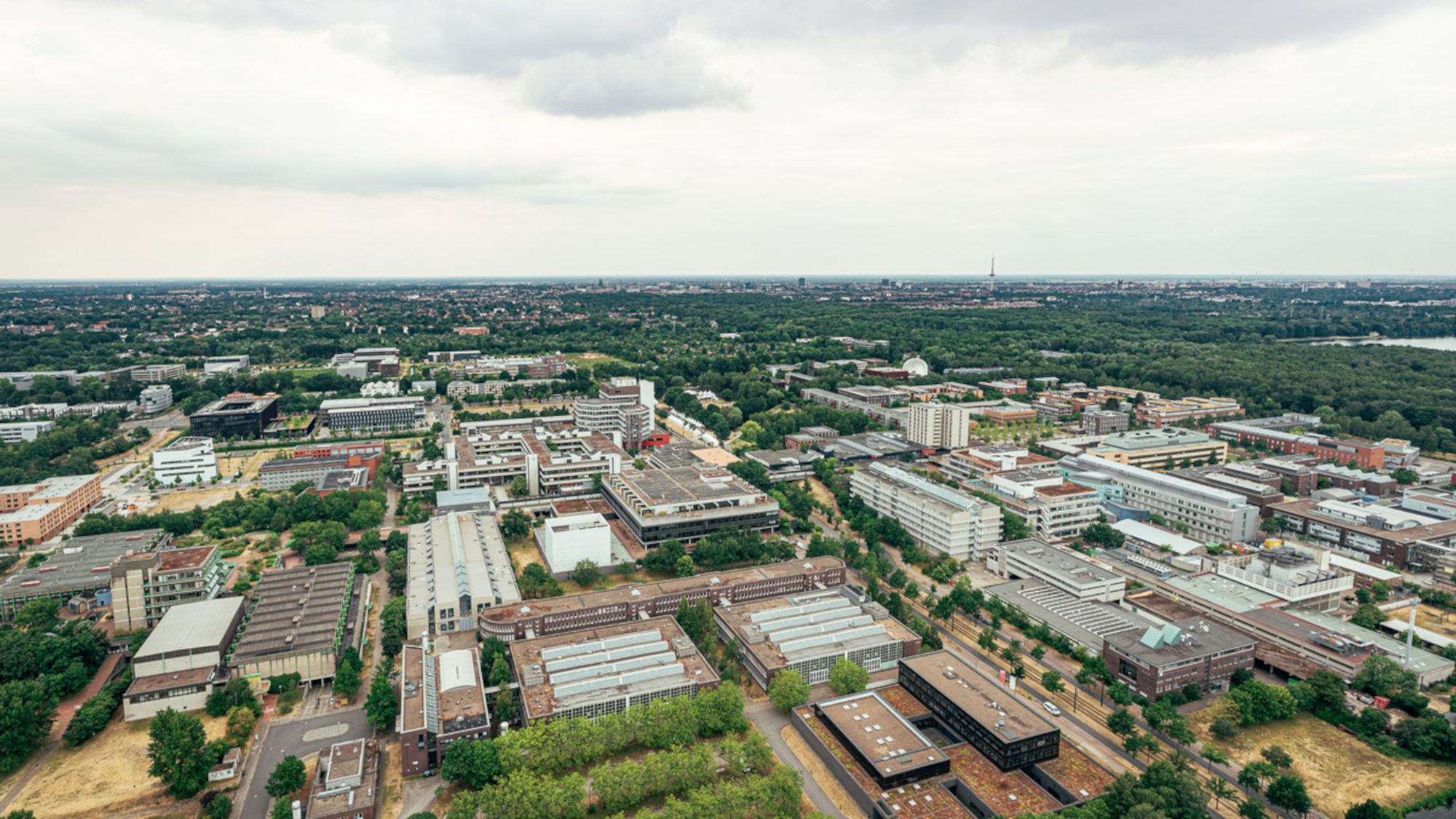
© Lukas Klose / Universität Bremen
How Bremen Profits from the University
Facts and Figures Underscoring the Economic Importance of Our University
The University of Bremen is a place of research and education. However, it also has a major impact on the local economy; in particular, for the city of Bremen, Bremen State, and the entire Northwest metropolitan region. up2date. has compiled facts and figures.
One obvious factor is that the university, with over 18,000 students, attracts young and talented people and trains them to become the specialists of the future. A very large proportion of the yearly 3,000 bachelor’s and master’s degree graduates start their first job in Bremen. They play a decisive role in the competitiveness and innovative power of the region. Incidentally, more primary residence registrations also mean that the city-state has more money from federal equalization payments.
Bremen Benefits from the Purchasing Power of University Members
The benefits for the area surrounding Bremen do not come exclusively from the students. More than 3,500 employees work in the various institutes and administrative units of the university. Each employee is associated with additional jobs in the regional economy. Additionally, businesses, restaurants, and culture and service providers benefit from the purchasing power of students and employees and the resulting consumer spending. All of this contributes to the economic power of the state of Bremen.
The economic importance of the entire academic system, of which the university is the primary contributor, is politically known. “246 million euros of annual purchasing power is generated by the students alone,” according to a recent report of the Senator for Science, and “31,000 jobs” are created or secured “by the academic system.” The annual added value amounts to around 1.8 billion euros, which would translate to annual tax revenues for Bremen and Bremerhaven of 228 million euros.
A Magnet for Research and Innovation
The University of Bremen has acted as a magnet for over 50 years, attracting not just students and employees to Bremen, but also research institutes and companies to the 170 hectare adjacent technology park. The academic district now boasts more than 550 high-tech companies. Without the University of Bremen and its legal ability to appoint professors, and confer doctoral degrees and habilitations, the many federal and state institutes in Bremen would not exist. These institutes are very closely connected to the university by their jointly appointed senior staff, through the numerous joint doctoral and habilitation projects, and their participation in first-class collaborative projects.
Bremen is also the federal state with the highest density of national research institutes per inhabitant. Within the U Bremen Research Alliance, the university cooperates with twelve such institutes of non-university research. This research strength has a direct impact on the economy by creating new technologies and innovative solutions.
In addition, the University of Bremen currently ranks 11th among major German universities in the start-up radar of the Stifterverband (business community innovation agency for the German science system). The university therefore adds to the national visibility of the city, as well as adding direct economic value through the creation of new companies.
Every Euro is Accompanied by 10 Further Euros in Investments
The University of Bremen is very successful at acquiring third-party resources: In 2022, these accounted for almost a third of the university’s approximate total budget of 400 million euros. In Bremen State, 60 percent of financing for the “academic system” – according to the senate – comes from external funds. “The net inflow per inhabitant to the regionally funded institutes is three times as high as the federal average,” states the latest report from the Senator for Science. Every euro a company invests in a collaborative project with the Bremen academic institutions leads, it continues, to “an additional 10 euros invested in resulting collaborations.”
In order for the many economic effects to continue to unfold dynamically, it is indispensable that the university, as the nucleus of Bremen’s academic system, is adequately financed. The facts and figures outlined here underscore that the university is not a cost factor for the state and region, but a major contributor to its success and a driving force for the needed transformation.